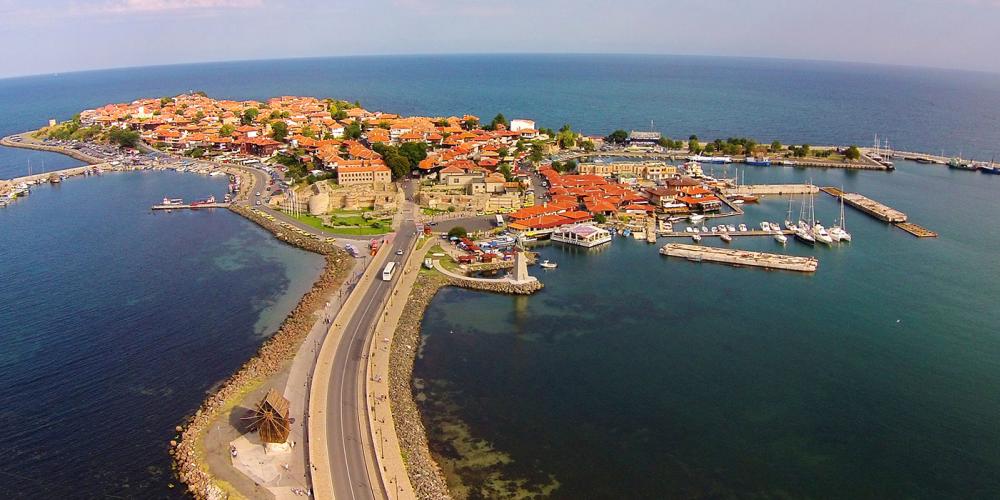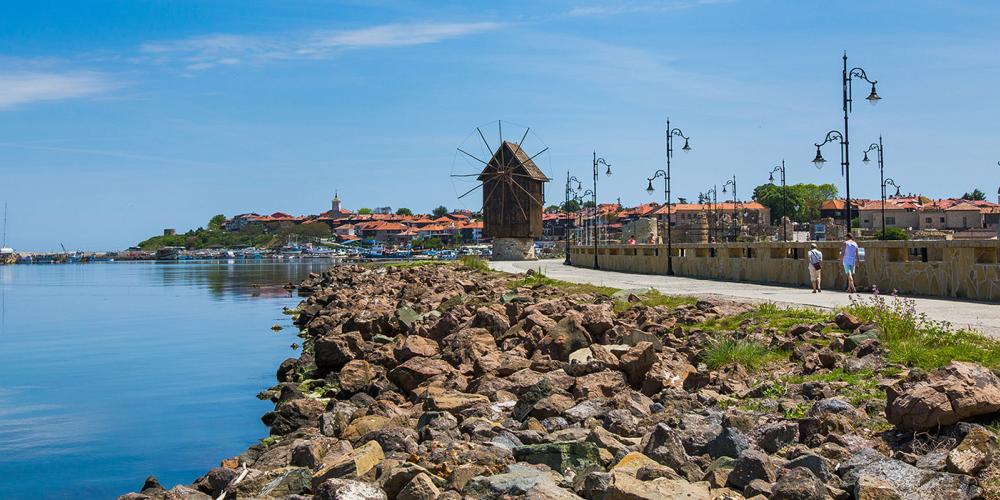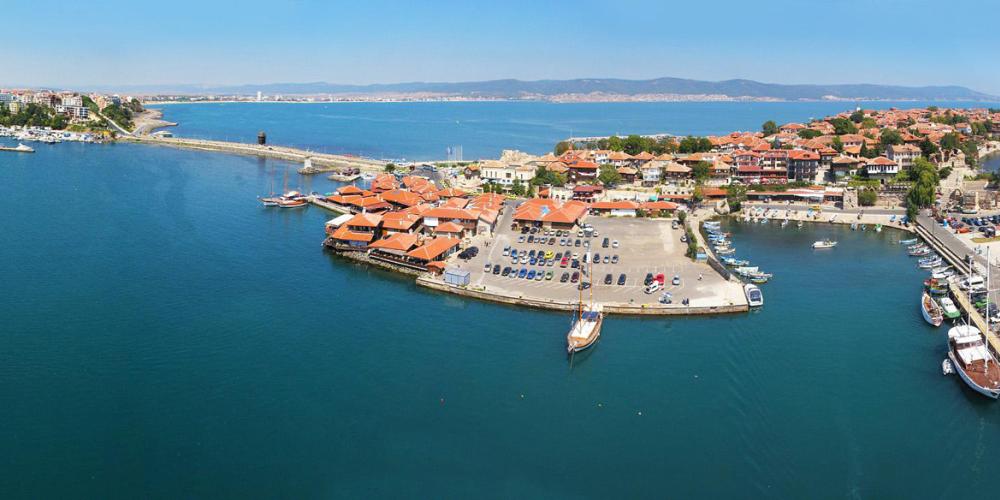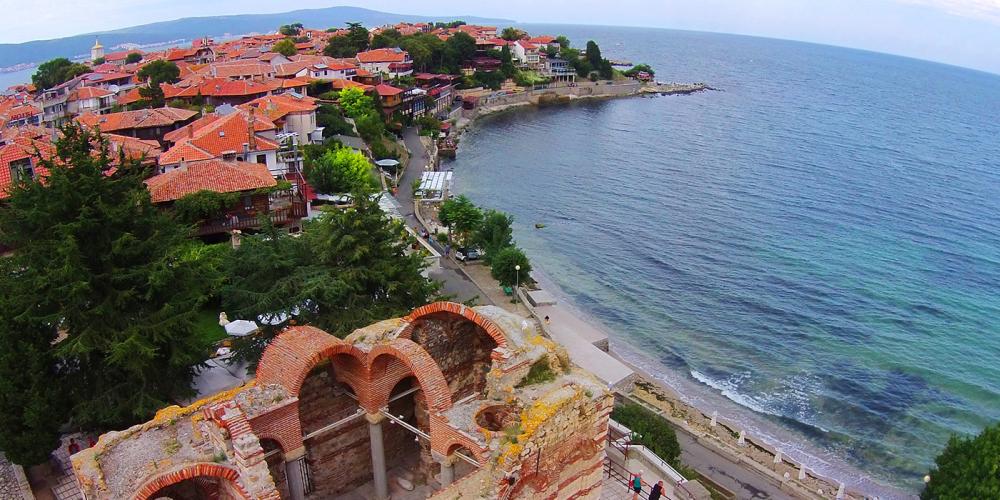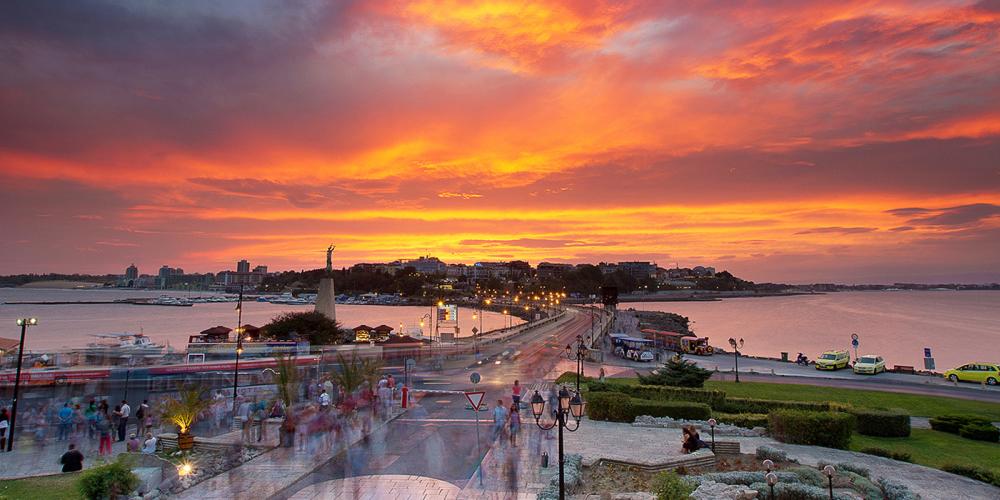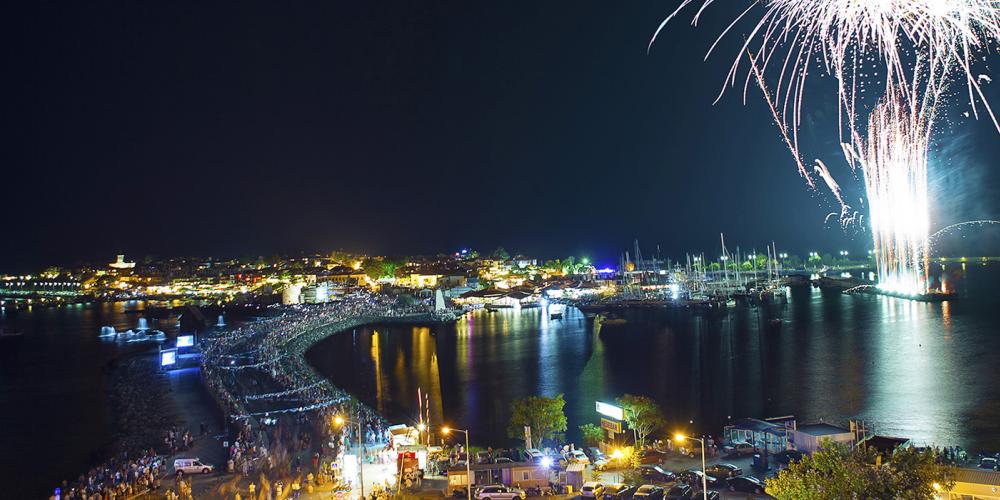Ancient City of Nessebar, Bulgaria

Nessebar was once an important trading city and part of the Delian League: an alliance of ancient Greek states. During the centuries to follow, it remained a strategic nexus for the cultures and epochs that passed through this pivotal place. Today, you'll find the remnants of these eras in the form of buildings from the Middle Ages and Byzantine Empires. The historic city, located in modern-day Bulgaria, reflects all the stages of development of architectural styles in the Balkans.
Nessebar was also responsible for another key aspect of the region's development—namely the evolution of trade and a monetary system to match.
The idea of money is taken for granted these days. but it wasn’t until around the 6th century BC that coins even existed. Prior to that time, goods were generally exchanged for other goods. As an important trading city, Nessebar was one of the first places in the world to start making coins. Bronze and silver coins were minted here in the 5th century BC and gold coins in the 3rd century BC. Coins are still in use in most currencies around the world.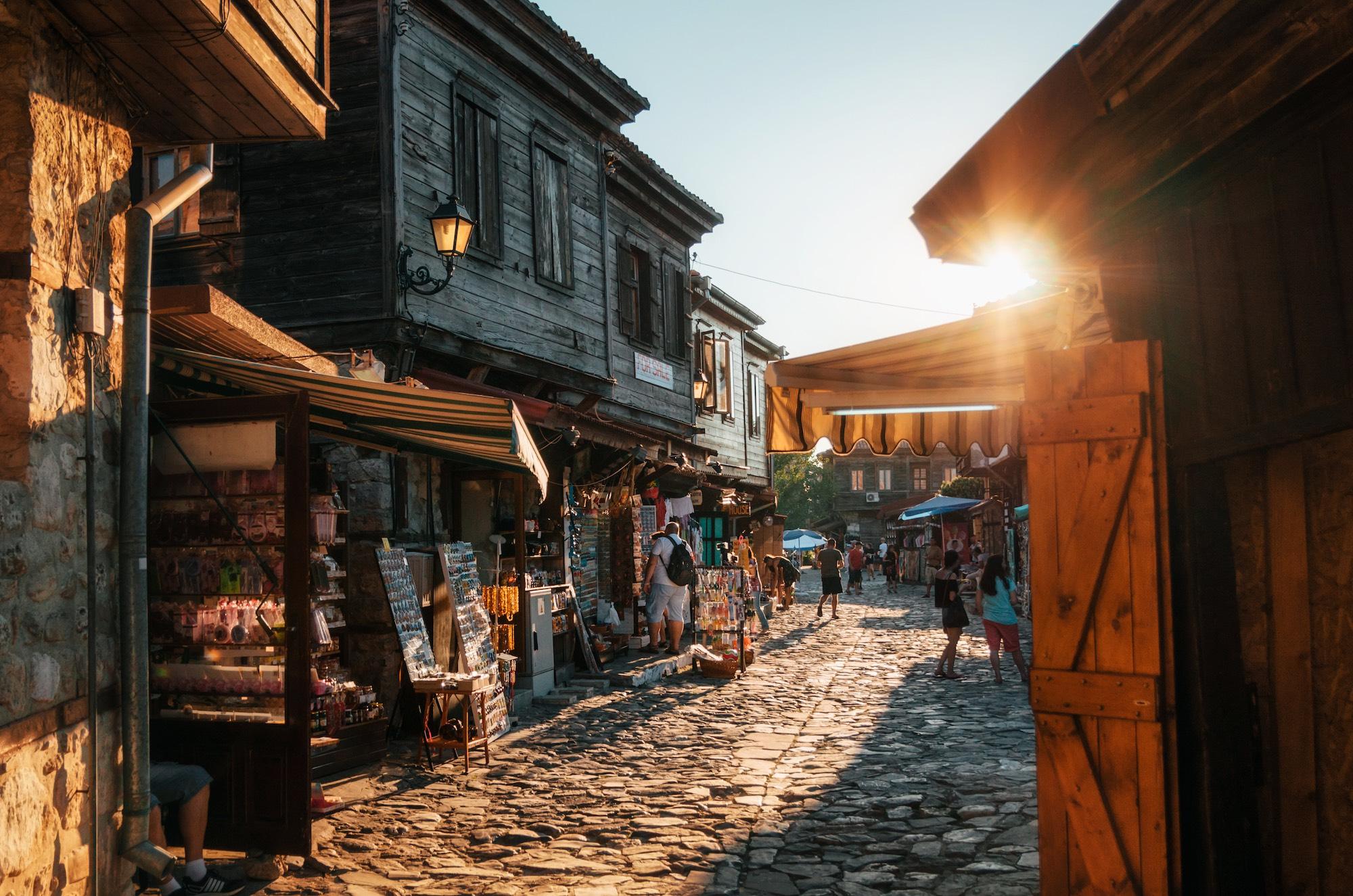
The maze of cobblestone streets encourages aimless wandering through the historic city, contained within a small rocky peninsula jutting out into the Black Sea. Once you enter the narrow gate in the ancient fortress wall, you’ll find yourself in a remarkable neighbourhood with memories from thousands of years of civilisation. The trading atmosphere lives on with street vendors selling art and handicrafts throughout the town. The city is proud of its ancient history and holds on to its cultural traditions, hosting an impressive line up of festivals and events throughout the year.
A City of History, Pride, and Churches
Nessebar, on the Black Sea, was settled at the end of the Bronze Age by the ancient Thracians, who called it Melsambria. Today, you'll find the preserved remains of eras gone by—the Roman and Medieval walls; the Byzantine and Bulgarian churches; and houses from the 18th and 19th centuries.

Nessebar is proud of its churches. The Church of St. Sofia, known as the Old Metropolitan Church, and the Church of Virgin Eleusa, situated on the northern shore, are three-aisled basilicas dating to the early Byzantine period in the 5th and 6th centuires. The Church of St. John the Baptist, from the 11th century, is distinguished by its cylindrical dome. The Church of St. Stephen is remarkable for its frescoes from the 16th century.
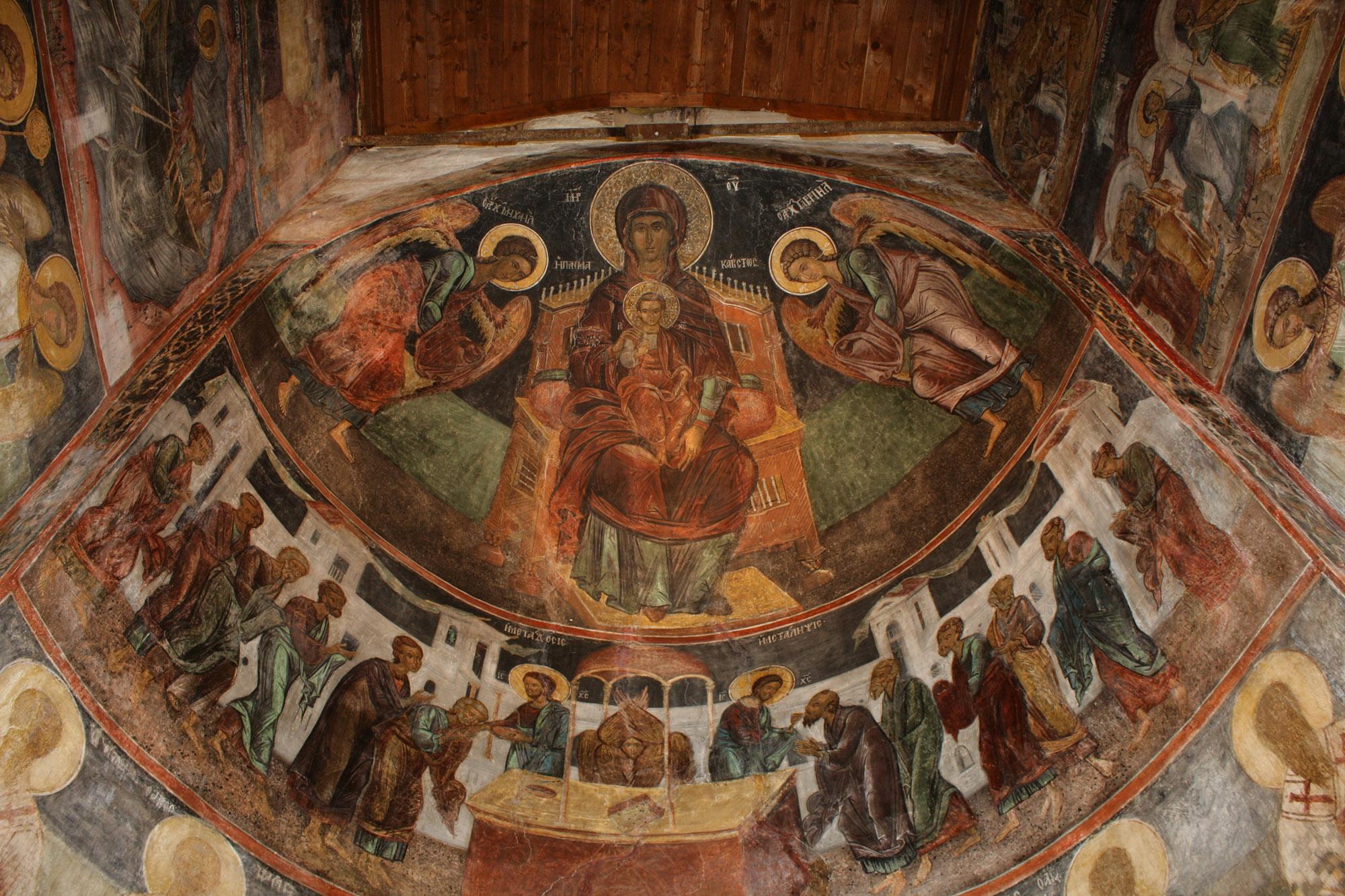
Nessebar is also the cultural treasury of Bulgaria. In 1956 it was declared “a museum town, an archaeological, and architectural reserve.” Because of its unique historic value, it was inscribed on the World Heritage List in 1983. Today, the Old Town is an attractive place for romantic walks along the narrow cobbled streets, between boutiques selling interesting handmade goods.
How to Get There
If travelling by plane, the Burgas airport is 25 kilometres from Nessebar. If arriving by car, the Old Town limits traffic. It's best to park outside and walk. Travellers will find that Nessebar is well connected by bus and public transport to many destinations. The town’s bus station is on a square just outside the city wall, near the town gate. Regular buses run throughout the year to Sunny Beach, Burgas, Varna, and Sofia.
For more information please visit the tourism site.
When to Visit
Though a year-round destination, Nessebar can get crowded during the high season (June to September). Late autumn provides the best conditions for exploring the Roman ruins and the authentic gabled houses. Another fall attraction is the return of fishing boats. To avoid the crowds, come before and after the high season. The winter is an ideal time to experience the various festivals the Old City holds.
How to Visit
Plan to spend a day in the UNESCO-protected town of Nessebar. Start your visit at the Archaeological Museum, which offers joint tickets for the various tourist attractions. For hours of operation, entrance fees, and information generally, visit our website.
Please remember: A modest dress code should be observed when entering sacred places.
